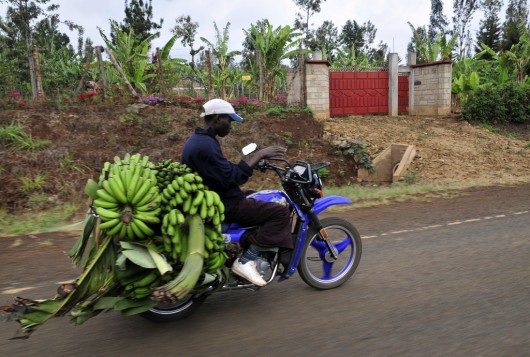Development Impact Bonds: Investing in Poverty Reduction

A relatively new strategy in guiding private money toward poverty reduction are deemed Development Impact Bonds, or DIBs. DIBs differ from traditional financing for poverty reduction in a few key ways.
First, rather than an aid agency or philanthropist giving money for a certain goal, like increasing educational attainment for girls in a developing country, private investors provide the money with an expectation to make a profit. As with any investment, risks are an inherent part of the equation.
The way that the investors recoup their investment is the principle of outcome-based returns. If a certain project hits its goals, then the investors get their initial money plus whatever interest was agreed upon in the contract.
For example, a program that trains job seekers would not get money for the number of people trained but by the number of people that graduated from the program and held jobs for a certain amount of time. If successful, investors’ profit comes from a philanthropic organization, aid agency or the government that received the benefits of the program.
What this does — and the second way DIBs differ from traditional development program financing — is to take the risk off the hands of the constrained budgets of aid agencies. If, unfortunately, the program fails, then the aid agency or government responsible for repayment is off the hook and the investors are left empty handed. However, this risk sharing allows for more programs to have a chance.
Thirdly, the outcome-based principle allows allows for more flexibility in meeting program goals. Rather than be burdened with a predetermined process imposed by the donor, the program can be innovative and work within the context of the local environment.
This allows frees up space for local entrepreneurs. They know the area, the culture, and have a better idea of what will and will not work best. The flexibility in meeting targets not only incubates different and novel ideas, it incorporates locals and their knowledge better than traditional funding.
While these differences make DIBs attractive, the management and transaction costs may be prohibitively high. The novelty of the mechanism and uniqueness of each contract, together with the infant stage that this industry is in are what contributes to these costs. If successful, over time, a streamlined process and proven results will reduce the costs and increase the uptake.
DIBs have potential in the areas of global health, education, agriculture, water and sanitation, housing and the environment.
Investors interested in creating a positive social impact with their money now have a new option. Savvy investors may also view these investments as laying the groundwork for future business opportunities in the developing economy.
– John Wachter
Sources: Conscious Company Magazine, EcoEnterprises Fund, The Guardian 1, The Guardian 2, Instiglio, JP Morgan Chase
Photo: Flickr
